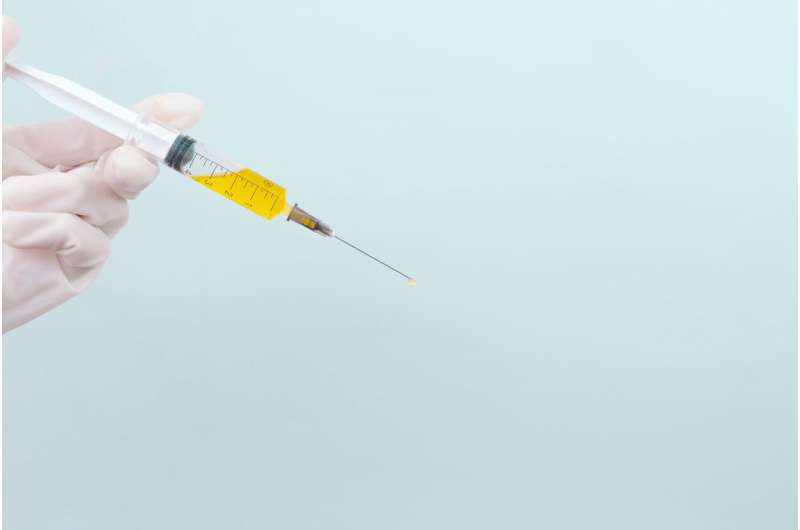Innovative At-Home Melanoma Test Using Skin Patch Shows Promise in Animal Studies

A novel skin patch developed by University of Michigan researchers shows promise for at-home melanoma detection using microneedles that capture cancer-specific exosomes, enabling quick and painless early diagnosis.
Researchers at the University of Michigan have developed a groundbreaking skin patch that could enable at-home melanoma testing, revolutionizing early detection of this aggressive skin cancer. The new device, called the ExoPatch, uses star-shaped microneedles made of silicone that are less than a millimeter long. These microneedles penetrate only the top layer of the skin, called the epidermis, without drawing blood or causing significant discomfort.
The ExoPatch is coated with a gel containing a protein named Annexin V, which attracts and captures exosomes—tiny vesicles released by cells, including cancer cells. These exosomes carry DNA and RNA fragments that reflect the genetic makeup of their originating cells. Notably, cancer cell exosomes can harbor markers that help identify tumors early, even before symptoms develop.
In laboratory tests on pig skin, which closely mimics human skin, the microneedles successfully penetrated the skin and captured melanoma-associated exosomes. When applied to mouse skin samples—both healthy and those injected with melanoma tumor fragments—the ExoPatch demonstrated its ability to selectively collect cancer exosomes. After removing the patch and dissolving the gel, the captured exosomes could be transferred onto a test strip similar to at-home COVID-19 testing kits. A positive result manifests as two lines, indicating the presence of melanoma exosomes.
This innovative approach could allow individuals, especially those at higher risk such as fair-skinned people with moles, to perform quick, non-invasive tests at home. Currently, people need to visit a dermatologist for biopsies to confirm suspicious moles, which can be time-consuming and stressful. The ExoPatch could streamline early diagnosis, enabling timely medical intervention.
The researchers observed that the patch isolated significantly more exosomal proteins from melanoma tissues compared to healthy tissues, highlighting its specificity for cancerous exosomes. Moving forward, the team plans to conduct clinical trials and refine the technology for human use. Beyond melanoma, the platform could be adapted to detect exosomes from other tumors, offering a versatile tool for cancer detection.
This development marks a significant step toward accessible, rapid, and painless cancer diagnostics that could improve survival rates through earlier detection.
Stay Updated with Mia's Feed
Get the latest health & wellness insights delivered straight to your inbox.
Related Articles
Innovative Cycling Program Could Help Reduce NHS Wait Times for Physiotherapy in the UK
A groundbreaking cycling and education program shows promise in reducing NHS waiting times for physiotherapy and improving outcomes for patients with hip osteoarthritis in the UK.
Understanding the Development of Aortic Valve Stenosis
Research sheds light on the cellular mechanisms of aortic valve stenosis, highlighting differences between valve types and potential pathways for early intervention.



